How to Create a Healthy Routine for Your Oral Hygiene
- 1. The Importance of Oral Hygiene
- 2. Building a Daily Oral Care Routine
- 3. Choosing the Right Dental Products
- 4. How to Ensure Effective Brushing and Flossing
- 5. Real-Life Case Study: Transforming Oral Health with a Consistent Routine
1. The Importance of Oral Hygiene
Maintaining good oral hygiene is essential for keeping your teeth and gums healthy. Poor oral care can lead to tooth decay, gum disease, and other serious health problems. In fact, oral health is closely linked to overall health, with poor oral hygiene being associated with conditions such as heart disease, diabetes, and respiratory infections.
Creating a healthy oral hygiene routine is not only important for cosmetic reasons but also plays a significant role in preventing more severe health issues down the line. By committing to a consistent oral care routine, you are investing in your overall well-being and long-term health.
2. Building a Daily Oral Care Routine
A healthy oral hygiene routine is built on a few simple but essential practices. Below are the key steps to take for an effective daily routine:
- Brush Twice a Day: Brushing your teeth in the morning and before bed helps remove plaque and food particles, preventing cavities and gum disease.
- Floss Once a Day: Flossing once a day removes plaque and debris between your teeth that your toothbrush can’t reach.
- Use Mouthwash: An antimicrobial mouthwash can help kill bacteria, reduce plaque, and freshen your breath.
By integrating these simple steps into your daily routine, you will be setting yourself up for healthy teeth and gums for years to come. Consistency is key when it comes to oral hygiene.
3. Choosing the Right Dental Products
Not all dental products are created equal, so it’s important to choose products that best fit your needs. Here are some tips on selecting the right products for your oral care routine:
- Toothbrush: Choose a soft-bristled toothbrush that fits comfortably in your mouth. Make sure to replace it every 3 months or sooner if the bristles are frayed.
- Toothpaste: Use fluoride toothpaste to help protect your enamel and prevent cavities. If you have sensitive teeth, consider a toothpaste designed specifically for that concern.
- Floss: Pick dental floss that’s easy to use and doesn’t fray easily. If traditional floss is difficult, consider floss picks or water flossers.
By using the right dental products, you can improve the effectiveness of your routine and better protect your teeth from decay and gum disease.
4. How to Ensure Effective Brushing and Flossing
Brushing and flossing are crucial components of oral hygiene, but doing them incorrectly can reduce their effectiveness. Here are some tips for ensuring that you brush and floss correctly:
- Brush Properly: Use small, circular motions to gently brush all surfaces of your teeth. Don’t brush too hard, as this can damage your gums and enamel.
- Brush for Two Minutes: Brush your teeth for at least two minutes, ensuring that all areas of your mouth are cleaned. You can use a timer or an electric toothbrush with a built-in timer to help keep track.
- Floss Thoroughly: When flossing, make sure to slide the floss gently between your teeth, curving it around each tooth to clean below the gumline. Don’t snap the floss as this can damage your gums.
Taking the time to brush and floss properly will ensure your oral care routine is as effective as possible, helping you maintain a healthy smile.
5. Real-Life Case Study: Transforming Oral Health with a Consistent Routine
Consider the case of Emily, a 45-year-old woman who struggled with gum disease and tooth sensitivity for years. She often skipped brushing and flossing at night and didn’t visit the dentist regularly. After a series of dental checkups, her dentist emphasized the importance of a consistent oral hygiene routine.
Emily decided to make a change. She committed to brushing twice a day, flossing daily, and using mouthwash. She also started visiting her dentist regularly for checkups and cleanings. Within months, her gum health improved, her teeth became less sensitive, and she felt more confident in her smile. Emily’s case shows how a simple, consistent oral care routine can make a significant difference in both your oral health and overall well-being.

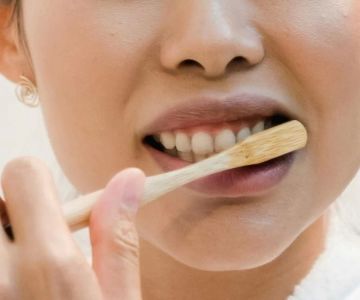
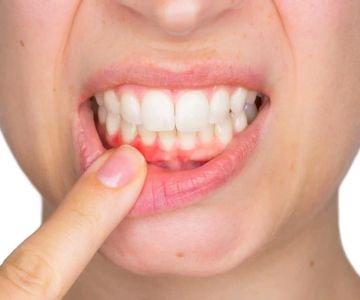

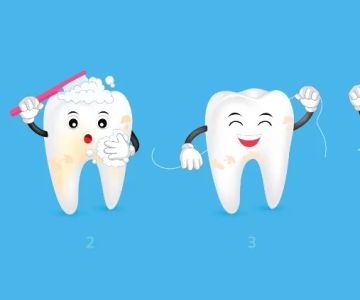

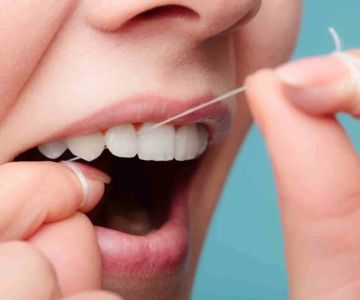
 Root 66 Endodontics
Root 66 Endodontics TMJ & Sleep Therapy Centre of Oklahoma City
TMJ & Sleep Therapy Centre of Oklahoma City Bruce L Rothschild DDS & Associates PLLC
Bruce L Rothschild DDS & Associates PLLC DentalWorks Louisville
DentalWorks Louisville Torrance Family Dental
Torrance Family Dental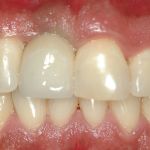 Robert S. Radin, DDS
Robert S. Radin, DDS The Importance of Oral Health Education During Pregnancy for a Healthy Pregnancy
The Importance of Oral Health Education During Pregnancy for a Healthy Pregnancy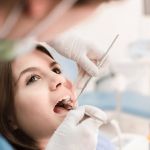 Why Skipping Dental Checkups Can Lead to Bigger Oral Health Problems
Why Skipping Dental Checkups Can Lead to Bigger Oral Health Problems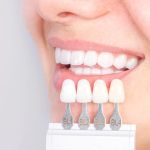 Advantages of Porcelain Dental Restorations
Advantages of Porcelain Dental Restorations Best Tips for Brushing Your Teeth Properly for Healthy Gums: Essential Techniques for Oral Health
Best Tips for Brushing Your Teeth Properly for Healthy Gums: Essential Techniques for Oral Health How Can Diabetes Cause Tooth and Gum Problems? Preventing and Managing Oral Health Issues
How Can Diabetes Cause Tooth and Gum Problems? Preventing and Managing Oral Health Issues Healthy Habits for Promoting Good Oral Health and Hygiene: Tips for a Healthy Smile
Healthy Habits for Promoting Good Oral Health and Hygiene: Tips for a Healthy Smile